In fiscal year (FY) 2021, NREL played a critical role in computing advancements for clean energy research, pushing the boundaries of high-performance computing (HPC) and efficient data center operation along with state-of-the-art data visualization capabilities.
Computing Usage
NREL's HPC resources provided an essential foundation for scientists and engineers to rapidly assess and integrate data into their clean energy research.
Capability Upgrades
Significant upgrades to NREL advanced computing capabilities include these featured projects. For more details and all upgrades, download the full report.

New High-Performance Computing System—Kestrel—Soars on the Horizon
NREL selected its third-generation HPC system, called Kestrel, expanding its supercomputing capacity to 44 petaflops in the near future. Kestrel is designed to accommodate advancements in artificial intelligence and to enable emerging data-driven workflows, such as those that fuse simulation with new sensor data sources.
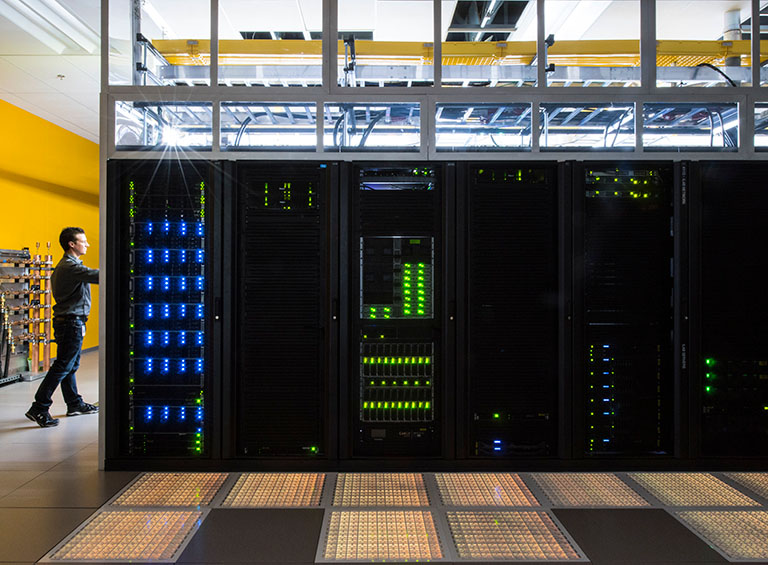
Swift Cluster Supports Computing Demand for Vehicle Technologies Research
Co-located within the HPC Data Center, the Swift cluster started operation, providing additional capability to support the unprecedented computing demand across the U.S. Department of Energy Vehicle Technology Office's research portfolio. Swift is a 440-node cluster with 28,160 compute cores and 2 petabytes of storage.
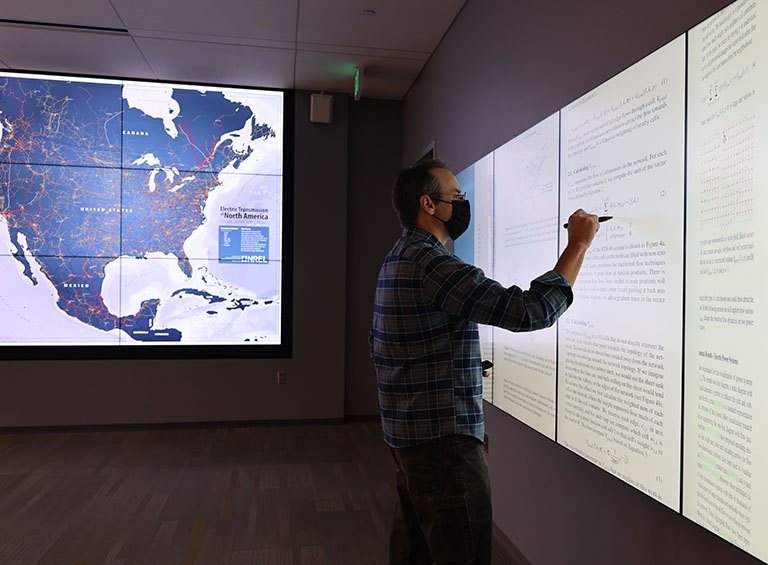
High-Resolution and Tactile Displays Advance Scientific Data Visualization
The Insight Center was upgraded with two-dimensional visualization capabilities: a 10X update in its high-resolution display wall and new interconnected, tactile displays. The display wall leverages visual acuity, supporting users’ peripheral vision and spatial memory, while the touch interfaces provide easy interaction with the displayed data.

Artificial Intelligence Improves Data Center Operation Efficiency and Resilience
NREL partnered with Hewlett Packard Enterprise (HPE) to add AI to the HPC Data Center, developing data-driven models to merge NREL's real-time data processing system with HPE's data monitoring/management system to improve efficiency and resilience. Read Artificial Intelligence for Data Center Operations (AI Ops).
Research Highlights
NREL's advanced computing research collaborations spanned across multiple disciplines and technologies as these featured highlights show. For more details, download the full report.

Los Angeles 100% Renewable Energy Study
For the LA100 Study, the Eagle supercomputer integrated modeling tools and methods, incorporated multiple-source data, and ran 100 million+ simulations.

Real-Time Traffic Signal Algorithms
NREL used AI and HPC to deploy real-time traffic signal model predictive control algorithms in Chattanooga, Tennessee, for energy savings.
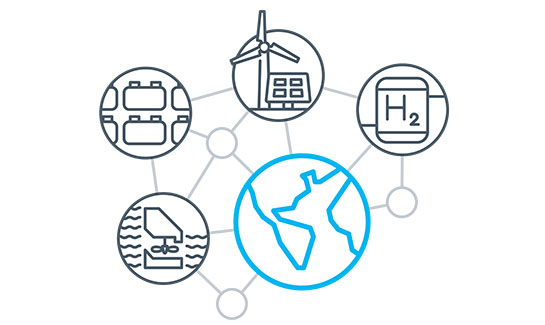
Future Grid Energy Storage Scenarios
The Eagle supercomputer simulated future high-storage power systems scenarios for the Storage Futures Study, a multiyear research project.
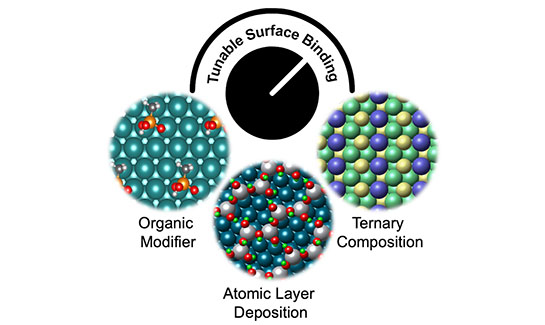
Biomass and Waste Conversion Modeling
HPC resources enabled research collaboration on modeling strategies to reduce the energy and carbon intensity of biomass waste conversion.
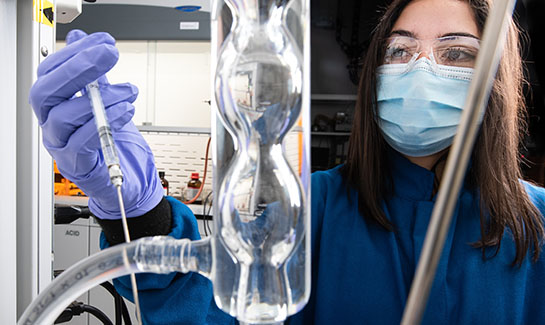
Biofuels and Plastics Upcycling Modeling
To improve biofuels and plastics upcycling, the Eagle supercomputer used machine learning for metabolic modeling at the cellular scale.
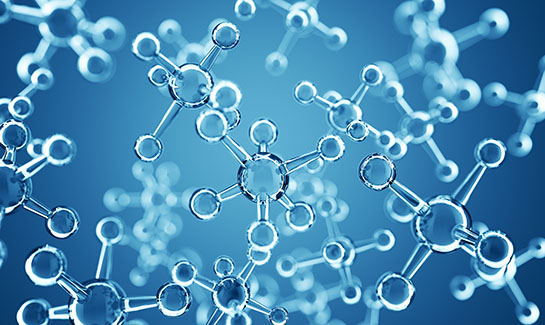
Hydrogen Production Photocathode Simulations
From Eagle supercomputer simulations, researchers discovered the self-improving behavior of a photocathode used in hydrogen production.
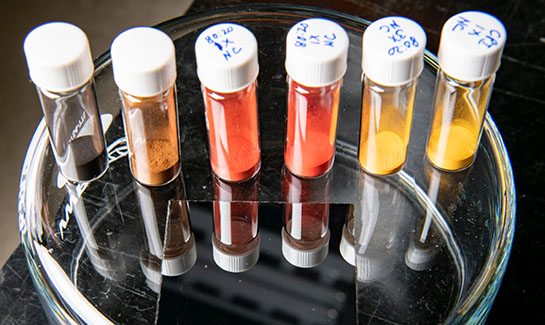
Additive Manufacturing Cost and Efficiency Simulations
Researchers used Eagle to perform simulations that improve efficiency and reduce costs of metal powder production for additive manufacturing.
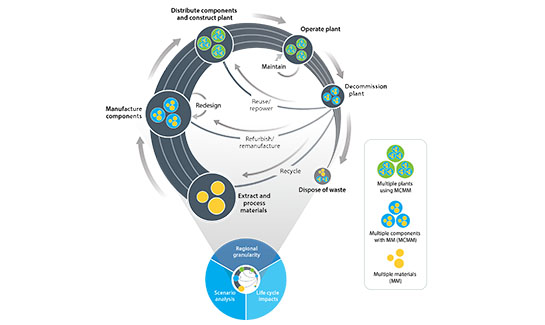
Circular Economy Lifecycle Assessment and Visualization
HPC resources supported the Circular Economy Lifecycle Assessment framework, a tool modeling the impacts of clean energy supply chains.
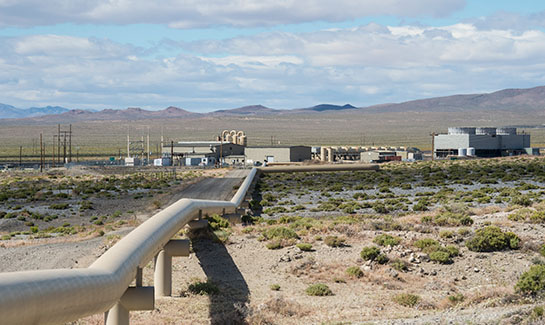
Geothermal Reservoir Performance Predictions
Using advanced machine learning algorithms, researchers improved predictions for geothermal reservoir performance under a range of scenarios, enabling system optimization.
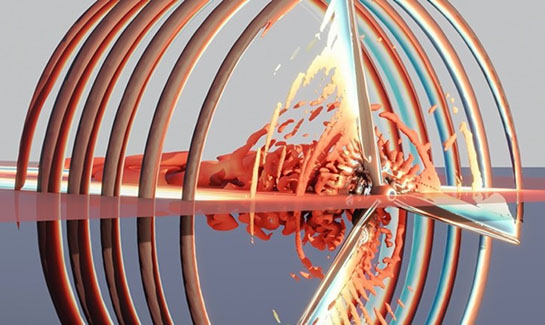
Wind Plant Energy Modeling and Simulations
Through the HPC High-Fidelity Modeling Project, NREL used the ExaWind simulation environment to reduce a wind plant's energy losses and costs.

Eagle-Smart Wind Plant Risk Modeling
NREL's computer scientists and wind energy researchers are developing a model to mitigate the risks wind turbines pose to golden eagles.
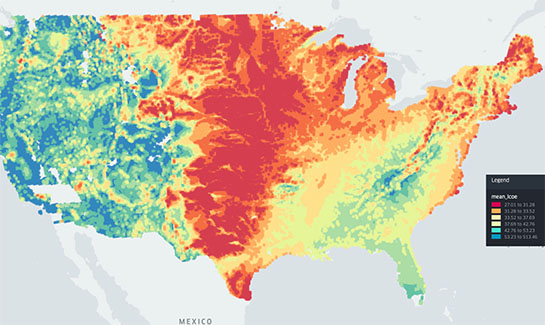
Energy Deployment Scenario Visualizations
For building new ways to explore energy deployment scenarios, NREL is creating visualizations that help users make decisions on data with uncertainty.

Photovoltaic Durability and Reliability Database
This large-scale, cloud-based, time-series database streams, processes, and stores more than 27 billion measurement records from several solar installations.
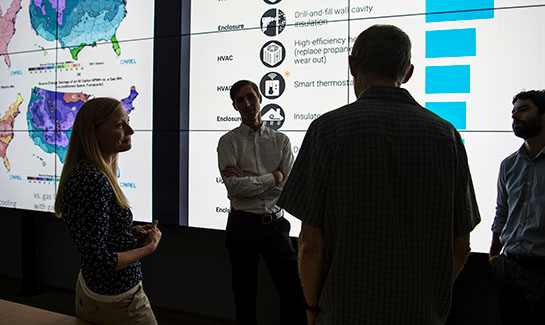
U.S. Building Stock Data Set
NREL used a combination of cloud computing and HPC resources to develop a new data set of end-use load profiles for the U.S. building stock.
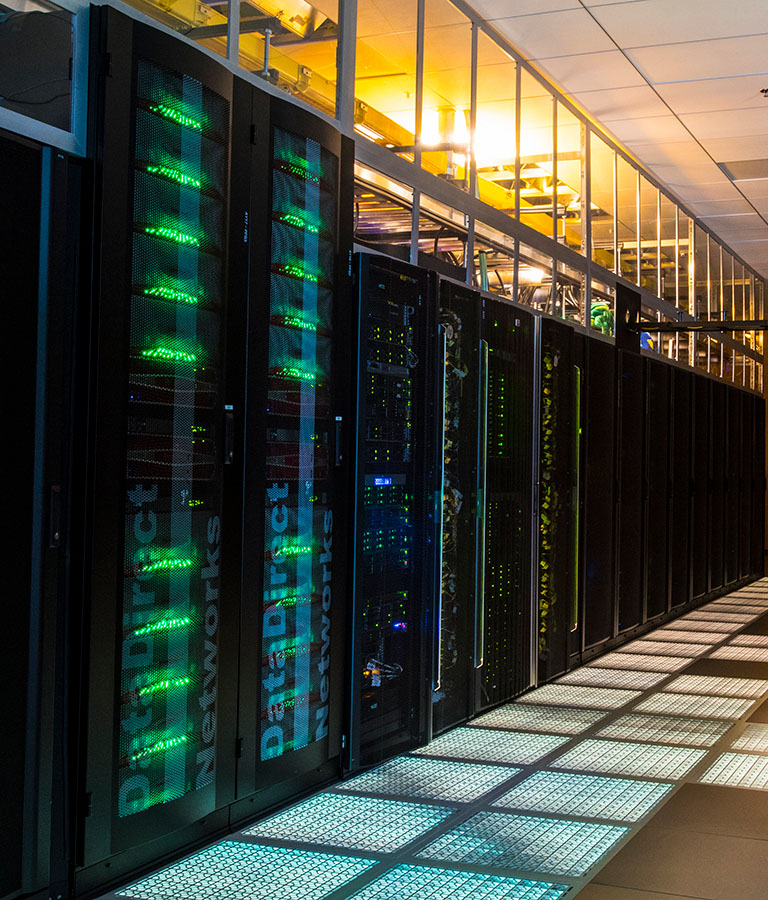
Innovations
NREL's advanced computing staff recorded the following software developments and inventions in FY 2021.
Athena - Shuttle Bus optimization and Event Driven Simulator (SWR-20-105)
Athena - Digital Twin for Airport Terminal Traffic (SWR-20-106)
Distributed Energy Resources Communications Library (SWR-20-110)
Real-Time Feedback-Based Optimization of Distributed Energy Resources (SWR-20-111)
IEC61850 to DNP3 Converter (SWR-21-03)
Sparse Invertible Networks (SWR-21-28)
3D Campus Power Flow Visualization Intelligent Campus (SWR-21-51)
Renewable Energy Potential Model Dashboard (SWR-21-59)
Diverse Super-Resolution (SWR-21-60)
Renewable Energy Potential Model Supply Curve Viewer (SWR-21-66)
Multi-Fidelity Economic Dispatch Dashboard (SWR-21-70)
Reinforcement Learning-Ready Mobility on-demand simulator (SWR-21-77)
Stochastic Soaring Raptor Simulator (SWR-21-78)
Publications
For a list of FY 2021 advanced computing publications, visit NREL's Publications Database or download the full report.
Download
Read more about Advanced Computing FY 2021 accomplishments by downloading the full report.
For information about NREL's advanced computing capabilities, see the Computational Science website.
Learn more about our research in these companion annual reports:
Advanced Research on Integrated Energy Systems Annual Report
Share
Last Updated April 10, 2025
